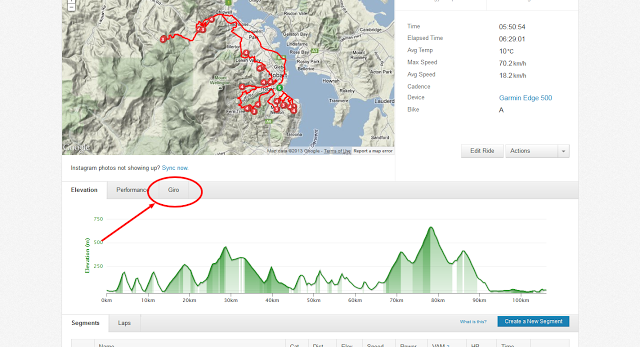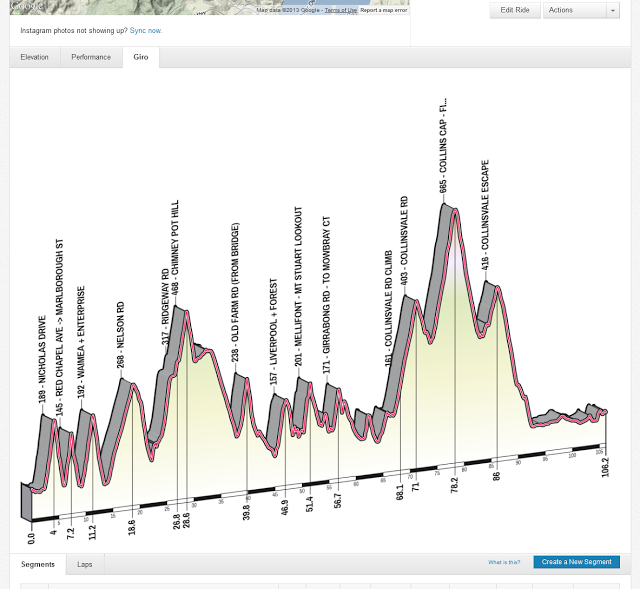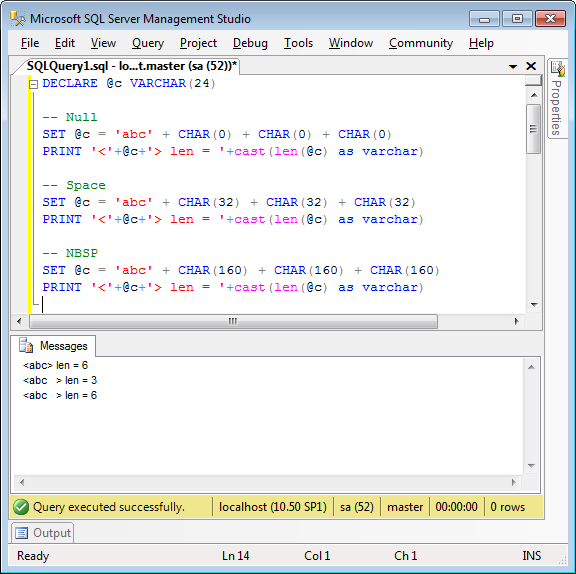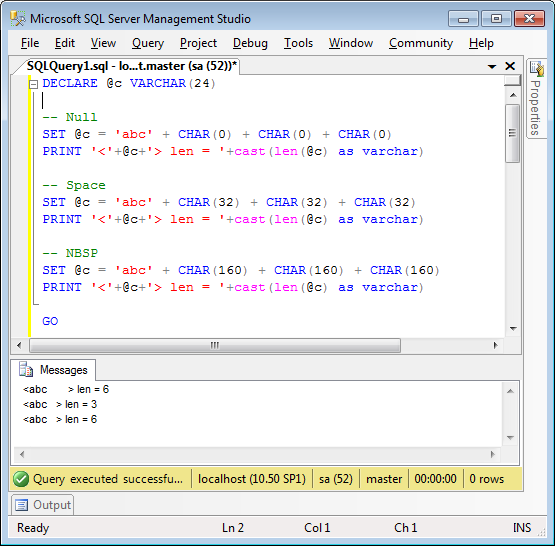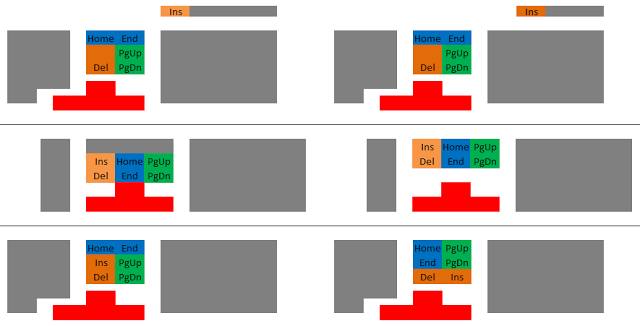I received an email from Strava today which was very disappointing.
Hello Marc,
As of July 1, 2013, V1/V2 API endpoints have been retired. Libraries, sites, and applications using these endpoints will cease to work.
In previous blog updates, we’ve discussed status and access to V3 of our API. As mentioned then, we had to make difficult decisions this year about where to invest time and resources – feature development or a full-fledged API program. We have chosen to focus on feature development at this time and so access to V3 of our API is extremely limited.
Any developer who has been granted access to V3 of the API has been contacted. We will revisit our API program and applications from time to time, but for the time being, we have no plans to grant further access in 2013.
If you have questions or comments, please send an email to [email protected]. Given our limited resources, you should not expect an immediate response.
Thanks for your understanding,
Your Friends at Strava
The highlights (or lowlights) from this email:
- Strava have no plans to allow anyone else to access their new API for at least six months
- It seems Strava aren’t interested in dialogue with their community about this decision.
I’ve been using the Strava V1 and V2 APIs now for several years, and have written quite a few blog posts about how to use it. The V1 and V2 APIs were always fairly experimental, but that was okay. We all understood that and it was part of the fun of working with Strava.
Discontinuing the V1 and V2 APIs was in the pipeline, and again we Strava API users could understand limiting the V3 API beta program to a small number of developers. However, the abrupt announcement today that not only are the V1 and V2 APIs no longer available, but now Strava won’t be making the V3 API available to anyone else for an Internet Eternity (that is, at least 6 months) either is completely unexpected.
The only Windows Phone app that integrates with Strava no longer works. My apps no longer work. And there appears to be no future for any of these apps.
Now, I’ve been a Strava Ambassador since before they started their official Ambassador program, and have had a lot of fun promoting Strava. I’ve developed popular tools that integrate with the Strava API. It is a very big disappointment to me that they’ve decided to throw away all that good-will with their developer community. This is not the way to treat the most dedicated and enthusiastic portion of your user base, Strava!

